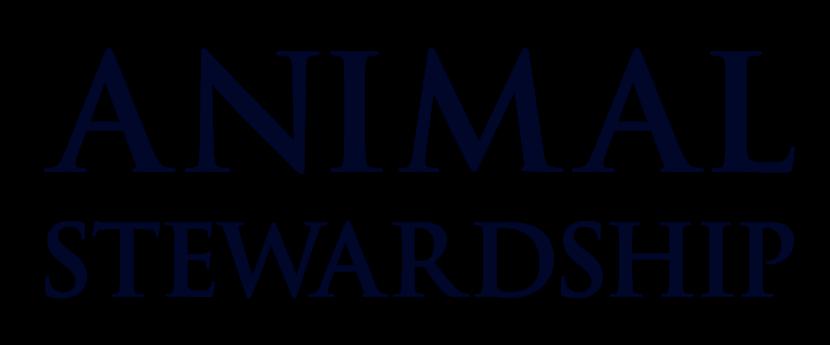
2 minute read
The Importance of Understanding The Importance of Understanding Bits in the Feedlot Environment Bits in the Feedlot Environment
By: Ted Howard, Production Animal Consultation
By: Ted Howard, Production Animal Consultation
I commonly see three types of bits being used in feedlots. The most common is the o-ring/d-ring snaffle bit. Feedlot cowboys have identified the advantages of a horse’s low head set and soft mouth when using this bit.
The second most common bit I see being used is a three piece dog bone short shank bit. This bit can be used to increase the pressure on the horse’s mouth, but is still effective for a horse’s lower head set.
I commonly see three types of bits being used in feedlots. The most common is the o-ring/d-ring snaffle bit. Feedlot cowboys have identified the advantages of a horse’s low head set and soft mouth when using this bit.
The second most common bit I see being used is a three piece dog bone short shank bit. This bit can be used to increase the pressure on the horse’s mouth, but is still effective for a horse’s lower head set.
Finally the three piece long shank bit can work well when properly used by correct soft hands.
In the feedlot environment, not only does the horse have to be taken into consideration, but the effect the horse’s behavior has on the cattle must also be acknowledged.
Finally the three piece long shank bit can work well when properly used by correct soft hands.
In the feedlot environment, not only does the horse have to be taken into consideration, but the effect the horse’s behavior has on the cattle must also be acknowledged.


Solid bar long shank bits with chain chin straps can be the most unfavorable in the feedlot environment. These bits can be used to apply an extreme amount of pressure to the horse’s mouth.
Solid bar long shank bits with chain chin straps can be the most unfavorable in the feedlot environment. These bits can be used to apply an extreme amount of pressure to the horse’s mouth.
This pressure elevates the horse’s head which negatively affects pulling cattle quietly and easily. Cattle sense the amount of pressure a horse is under and react accordingly.
This pressure elevates the horse’s head which negatively affects pulling cattle quietly and easily. Cattle sense the amount of pressure a horse is under and react accordingly.
We need to recognize that every horse is different and the same bit isn’t as effective for each horse.
We need to recognize that every horse is different and the same bit isn’t as effective for each horse.
If you feel you need more bit to control your horse there may be other horsemanship techniques that could be used to address the control issue. If we will work on riding with soft hands, we can use less bit in our horse’s mouth.
If you feel you need more bit to control your horse there may be other horsemanship techniques that could be used to address the control issue. If we will work on riding with soft hands, we can use less bit in our horse’s mouth.
As we understand the extreme pressure we can create in our horse’s mouth with a severe bit, we can begin to use less bit and build a successful partnership with our horse.
As we understand the extreme pressure we can create in our horse’s mouth with a severe bit, we can begin to use less bit and build a successful partnership with our horse.
Pictured above is the cowboy crew at Lane County Feeders. They all use o-ring bits.










